10 Montana Conservation Achievements
One cannot address the development of America’s conservation ethic without noticing the role Montana’s landscape and its people played in a uniquely American drama. Before we do that however, we need note how our nation, when it was new treated nature.
Early in our history a French Nobleman studied our radically new form of government, to see how democracy was, or was not working. He also made observations on how we were treating our “New World.” Writing in Democracy in America (1835) Alexis de Tocqueville observed: “In Europe people talk a great deal of the wilds of America, but the Americans themselves... are insensible to the wonders of inanimate nature. Their eyes are fired with another sight; they march across these wilds, clearing swamps, turning the courses of rivers...”
The wildlife situation was most dramatic close to home. When Lewis and Clark passed through they described “...an aggregation of wildlife,... that exceeded anything the eye of man had ever looked upon.” As the 19th century neared its end, Theodore Roosevelt (TR) recorded the following. “A ranchman who... had made a journey of a thousand miles across Northern Montana, told me that... he was never out of sight of a dead buffalo, and never in sight of a live one.” We were the wildlife bone-yard of North America.
At the time there was little indication that we would find a conservation ethic big enough to create an American-commons out of which: national forests, a wilderness system, parks, national monuments, wildlife refuges, game ranges, a wild and scenic river system, and hunting for every American with the desire, might evolve. While the tragedies of the 19th century were occurring, two major events happened that made conservation possible. The first was an 1842 Supreme Court ruling that fish and wildlife were public resources to be managed as a public trust. The second was an 1891 Act of Congress allowing presidents to set aside unclaimed lands for conservation purposes. These realities soon found their way to Montana.
MONTANA CONSERVATION TIMELINE
1. Granville and James Stuart (1864-1872)
There is no better example than Montana pioneers Granville and James Stuart. When the first Montana territorial legislature convened in 1864 they were there and passed legislation “… restricting the taking of fish to a hook and line.” This conservation measure was put in place 12 years before Colonel Custer bit the dust on the Little Big Horn. In 1872, the Stuarts legislated closed season protection for big game. Four years later: Custer dies, America celebrates its first centennial, and buffalo hide shipments out of Fort Benton peak at 80,000. Realization of Stuart’s vision would take time, but they planted seeds of hope.
2. Yellowstone National Park
In 1872, Congress created Yellowstone National Park primarily because of its geothermal wonders. Since its inception, the park played a significant role in the conservation and restoration of wildlife. In the late 1880s it became sanctuary for the last wild bison. In 1886, Captain Moses Harris and the First U.S. Cavalry rode in to protect them, a mere 10 years after the Custer battle on the Little Big Horn. The military stayed, protecting the park’s features and wildlife for 30 years. Yellowstone continues to affect, contribute to, and challenge the evolution of Montana’s conservation ethic.
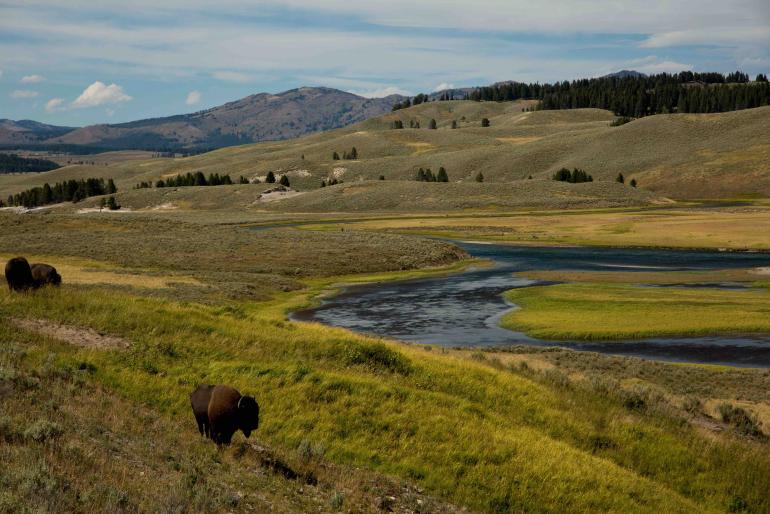
3. Inspiring a Leader
In 1883, a 24-year old New Yorker, with a passion to hunt, searched the Little Missouri drainage to find and kill a buffalo. After nine days he found and killed a lone wandering bull on Little Cannonball Creek, Montana Territory. His excitement was unrestrained and he did a ‘dance’ around the fallen buffalo. The hunter was Theodore Roosevelt (TR) who returned to ranch in North Dakota and hunt throughout the West. His Montana adventures took him from Little Cannonball Creek in the southeast to the Cabinet Mountains in the northwest. In the process he hunted through the rotting carcasses and bones of the wildlife slaughter that had just preceded his presence. It all hammered home the need for conservation action.
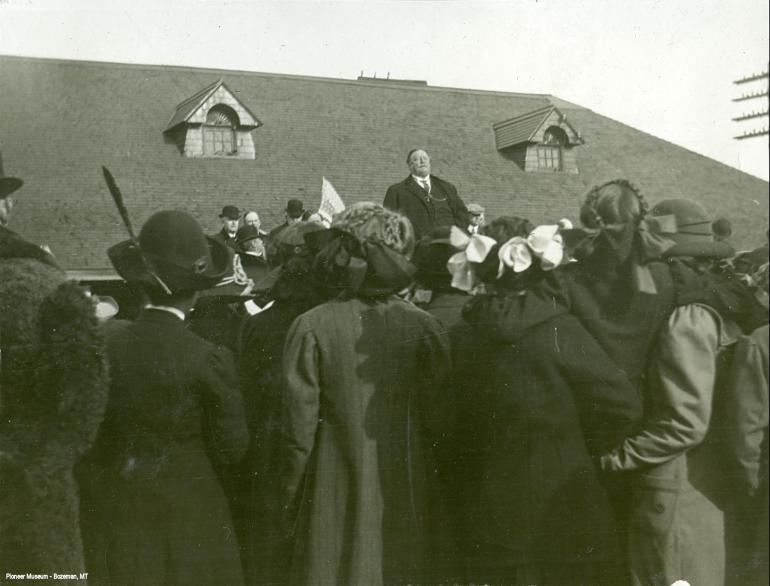
4. Creation of Conservation Advocacy
In 1887, TR returned to the east and helped form a citizen activist organization to promote the “sporting code” and begin the “restoration” of a new wild abundance. It would profoundly affect Montana. In 1891, the organization persuaded Congress to give presidents authority to set aside unclaimed federal land for forest and wildlife conservation. They called it “The Creative Act.” It soon would endow Montana.
5. A New Montana
The first decade of the 20th century saw a significant focus on finding and implementing a Conservation Ethic. Montana Governor Rickards appointed W. F. Scott the first State Game Warden in 1901. He hired eight game wardens, each required to patrol 18,000 square miles. A year later, Scott became the first president of the International Association of Fish and Wildlife Agencies—Montana was willing to lead. By mid-decade, resident hunting and fishing licenses were required and 30,000 were sold. In 1908, the state’s first fish hatchery was built and two years later the state began relocating elk from Yellowstone to places where they had been depleted.
6. Two shots in Buffalo (September 6, 1901)
Buffalo was a city in New York State. The shooter was Leon Czolgosz, and the victim was President McKinley. What that meant for Montana and conservation was Theodore Roosevelt became president. Political manipulators had maneuvered TR into the vice presidency to isolate him and his penchant for reform. TR called it “…. the road to nowhere but oblivion.” What Czolgosz did was put a committed conservationist at the head of our nation. The “Creative Act,” lobbied through Congress a decade earlier, was now in the hands of its creator. He used it to set aside 230 million acres for preservation and conservation and Montana national forests were a big part of it. When TR left office, there were an estimated 5,000 elk in Montana.
7. Glacier National Park (1910)
With Yellowstone Park on Montana’s southern border, and a fledgling National Forest system blanketing the Rockies, a wild sanctuary in northern Montana was due. As the first decade of the 20th century closed, Glacier National Park was established in northern Montana. The Park covers over a million acres and ecosystems protected vary from prairie to tundra. They support an exceptional array of relatively rare wild mammals including grizzly bear, wolves, wolverine, and Canadian lynx. The Park’s watersheds provide habitat for a variety of native fish, and send their hydrologic production to three oceans.
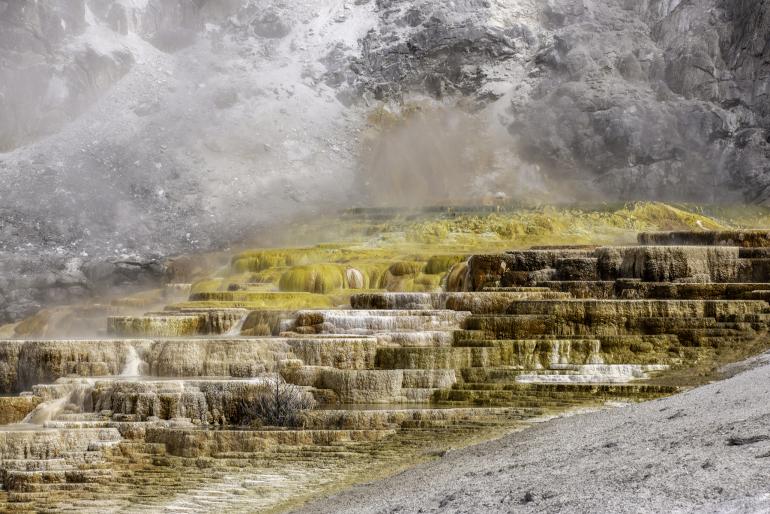
8. Depression, Dust, and a Golden Touch
As the American conservation ethic strengthened, our economic system collapsed into the Great Depression. As drought and dust swept our physical landscape, our president was Franklin D. Roosevelt. His soil conservationist observed: “Of all the countries in the world, we Americans have been the greatest destroyers of land of any race of people barbaric or civilized.”
In the middle of those tough times, FDR called the first North American Wildlife Conference to invigorate wildlife restoration. Seven Montana sportsmen attended, helped form the National Wildlife Federation, and brought the idea home. May 15, 1936, Montana Governor Elmer Holt welcomed 50-some hunters and anglers to Helena’s Placer Hotel and the organizational meeting of the Montana Wildlife Federation.
With sportsmen organized, an excise tax on firearms and ammunition for wildlife restoration, went from introduction to the president’s signature in 90 days! The conservation aspiration of sportsmen was now focused and funded. When Franklin Roosevelt left office there were an estimated 15,000 elk in Montana.
9. A National Crisis, and Montana Responds (1963 -1980)
In 1963, Montana passed the nation’s first stream preservation act requiring Fish and Game Department approval for stream channel alterations planned by state government. This constraint later extended to private entities. In the 1970s, with Montana’s coal production swelling, the biggest stream alteration surfaced—the Yellowstone River was vulnerable.
In 1973, an Arab oil embargo intensified the debate. Pressure to dig and drill our way out of the “energy crisis” came from the President, Congress, the federal agencies, and the energy industry. The state legislature responded by strengthening the water law to include in-stream flow protection and other environmental issues.
The struggle, involved the entire 670 miles of the Yellowstone. It took seven years and climaxed when the Montana Board of Natural Resources and Conservation reserved 5.5 million acre-feet of water for in-stream values and benefits. It had never been done before. The notion of 42 power plants and their demand for one-third of the river vanished. The “energy crisis” of the 1970s likewise disappeared, the Paradise Valley survived becoming a reservoir, and Montana people saw the river as an asset worth protecting rather than a resource to be exploited.
10. A Planet in Peril
Montana can again offer the conservation leadership our country and planet needs. The achievements listed demonstrate we have a model that works. When Franklin Roosevelt rallied sportsmen in the middle of the “Dirty 1930s,” they taxed themselves to invigorate wildlife restoration. When FDR left office, there were an estimated 15,000 elk in Montana. Today, there are at least 10 times that many with 150,000 elk now in Montana. I know of no other environmental cause of comparable achievement.
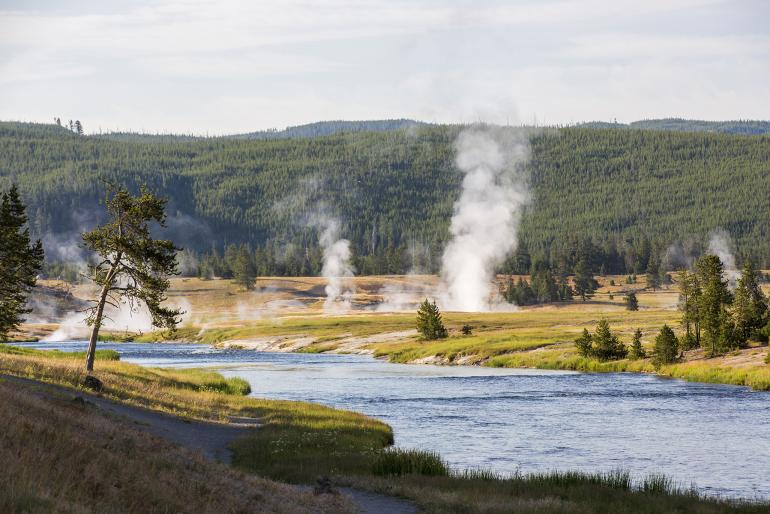
Conclusion
The Montana landscape spoke to the Stuart brothers in 1857, and to Theodore Roosevelt when he lived midst the bone piles left by wildlife’s commercial killers. FDR heard the land literally screaming for relief when dust of the Great Plains, some of it ours, darkened Washington D. C and coated the decks of ships 300 miles out in the Atlantic. The Stuarts planted the seed of conservation as Territorial Legislators. TR created one of the first citizen activist groups to carry the cause. FDR helped us organize and gave the land, a “New Deal.” The result was that wildlife was saved and restored. All of these actions were energized by people at the grassroots. That was and is the model and in a democracy, we the people make it work.









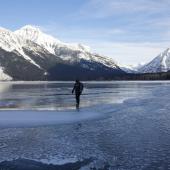
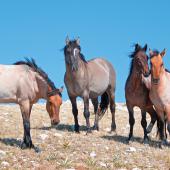

- Reply
Permalink